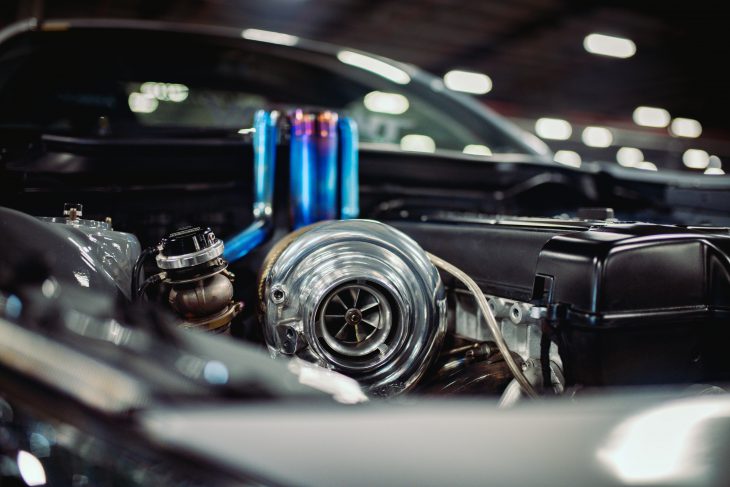The transportation industry releases a massive amount of carbon dioxide (CO2) into the atmosphere every year. About 10% of global CO2 emissions come from international shipping and aviation, and in 2019, more than a quarter of European CO2 came from cars, trains, and airplanes.
The more greenhouse gases that people and industry release into the atmosphere, the stronger the effects of climate change will be. One way to reduce CO2 emissions from cars is to decrease their reliance on fossil fuels. The automotive industry is making more electric and hybrid vehicles with higher fuel efficiency, but these vehicles are currently expensive compared to standard gas-guzzling machines.
Another option to reduce emissions is to capture CO2 directly from the exhaust fumes of car engines through post-combustion carbon capture. Scientists have shown specially formulated chemical solutions can capture up to 90% of CO2 from combustion systems. But these chemical solutions, known as liquid solvents, require energy to work, preventing their widespread use in the automotive industry.
A group of scientists from Naples, Italy, recently tested whether common solids could trap CO2 under post-combustion conditions. CO2 sticks to some solid materials, called sorbents. The group hypothesized solid sorbents could efficiently capture carbon from combustion, since they have a high capacity for CO2 and don’t trap many other substances. Solid sorbents are also cheaper and easier to handle than liquid solvents, making them more practical for industrial applications.
They tested 2 low-cost, non-toxic solids: calcium hydroxide and lithium hydroxide. Both of these chemicals have previously been used to absorb CO2 in other types of gas purification systems. Calcium hydroxide, or soda lime, is used to remove CO2 from industrial exhaust at high temperatures (800-1000°C, or 1500-1800°F), while space shuttle and submarine life support systems use lithium hydroxide to remove CO2 from the air at low temperatures (20-25°C, or 70-80°F).
The team placed pellets or crushed powders of each sorbent in a vertical glass cylinder, with fiberglass plugs at either end to keep the solids in place. They passed a steady stream of gas through the column and sorbents inside. The gas stream contained either pure CO2 or a mixture of gasses designed to mimic the output of an internal combustion engine. The gas mixture contained CO2 plus other greenhouse gasses like water vapor, nitric oxide (NO), and sulfur dioxide (SO2).
The researchers varied the temperature of the glass reactor from 20 to 1000°C, or around 70 to 1800°F, using a cylindrical heater. They also varied the amount of time the gasses were in contact with the sorbent by changing the height of the solids in the column. Finally, they measured CO2 concentrations in the gas upstream and downstream of the reactor to calculate how much CO2 each solid removed from the gas stream for each experiment.
The group found that soda lime removed the most CO2 at temperatures of 80 to 100°C, or 180 to 212°F. In these experiments, a kilogram, or about 2 pounds, of soda lime captured up to 5 moles of CO2, roughly equivalent to the amount of carbon emitted from burning 13 gallons, or about 50 liters, of gasoline. They suggested soda lime was good at carbon capture because it contained about 15% water, which helped CO2 stick to the solids. At temperatures above 100°C or 212°F, the water evaporated, decreasing its stickiness. Lithium hydroxide captured less CO2 because it contained no water.
The experiments also showed increasing both the water content and the contact time of the gas stream increased carbon uptake. The size of the solid particles (powders versus pellets) had different effects depending on how much water was in the gas stream. In dry experiments, finer particles with higher surface areas absorbed more CO2. However, in humid experiments, the fine powders stuck together, which reduced the surface area, so the powders absorbed less CO2. In addition, the presence of sulfur dioxide in the gas stream reduced carbon capture by up to half, as it reacted with the solid particles to produce new minerals that clogged up the system.
These researchers concluded the transportation industry could use soda lime to safely and efficiently capture CO2 from car exhaust, but technical challenges remain. They suggested future research should develop ways to keep fine particles from sticking together in moisture-rich fumes. They also recommended the resulting technology should include a separate material that is more effective at removing SO2 and other combustion products to further reduce greenhouse gas emissions.


